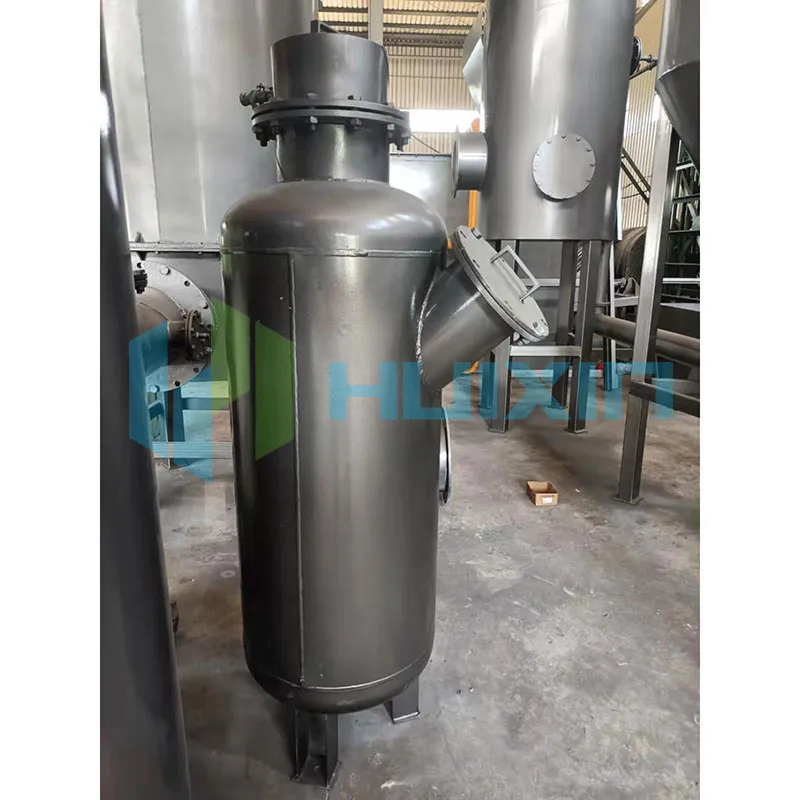Choosing the Right Smoke Treatment System for Your Needs
2024-12-10
As environmental concerns grow, industries face increasing pressure to manage emissions effectively. A smoke treatment system is not just an investment in compliance but a commitment to sustainability. Selecting the right system tailored to your needs is crucial for optimal performance.
Factors to Consider When Choosing a Smoke Treatment System
1. Type of Pollutants
Identify the primary pollutants emitted by your process, such as particulate matter, VOCs, or NOx. This determines whether you need filters, scrubbers, or catalytic converters.
2. Volume of Emissions
Systems must be sized to handle the specific volume of smoke produced to avoid overloading and inefficiencies.
3. Regulatory Requirements
Ensure the system complies with local and international standards, such as EPA regulations or European Emission Standards.
4. Operational Environment
Consider factors like temperature, humidity, and corrosiveness of the emissions. Certain systems, such as wet scrubbers, are better suited for high-temperature or moisture-laden environments.
5. Maintenance and Longevity
Choose systems with durable components and easy maintenance features to minimize downtime and reduce operational costs.
Popular Smoke Treatment Technologies
1. Baghouse Filters
Ideal for industries emitting large amounts of particulate matter. These systems trap dust and soot effectively.
2. Wet Scrubbers
Commonly used in waste incineration and chemical plants, these systems neutralize acidic gases and capture fine particulates.
3. Electrostatic Precipitators
Effective for removing fine particles, especially in power plants and cement factories.
4. Activated Carbon Adsorption
Best for eliminating VOCs and odors in chemical processing industries.
5. Flue Gas Desulfurization (FGD)
Primarily used to remove sulfur dioxide (SO2) from emissions in coal-fired power plants.
Advantages of Investing in the Right System
1. Cost Efficiency: A well-chosen system minimizes operational costs over its lifecycle.
2. Sustainability: Reduces your organization’s carbon footprint and aligns with green initiatives.
3. Scalability: Systems can be customized or expanded to meet future operational needs.
4. Enhanced Safety: Proper emission control reduces risks to workers and surrounding communities.
Emerging Trends in Smoke Treatment Systems
1. IoT-Enabled Monitoring
Real-time data tracking ensures system efficiency and alerts operators to potential issues.
2. Energy Recovery Systems
Some systems now convert heat from treated emissions into usable energy, enhancing sustainability.
3. Modular Systems
Compact and flexible designs allow easy installation and scalability.
Selecting the right smoke treatment system requires a detailed assessment of your operations, emissions, and compliance goals. A properly implemented system not only safeguards the environment but also positions your business as a responsible and forward-thinking industry leader.



